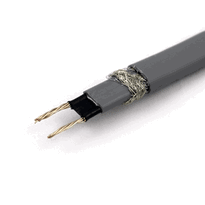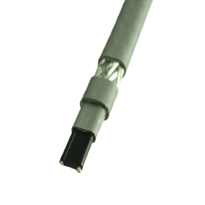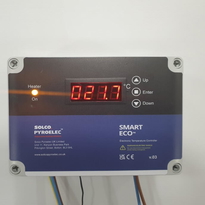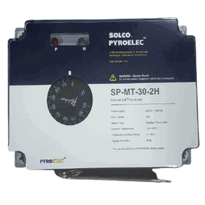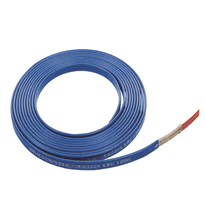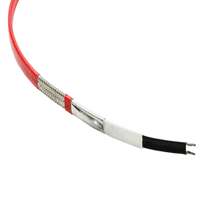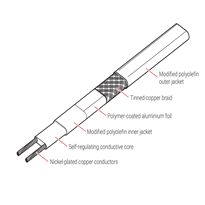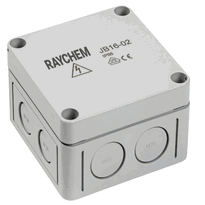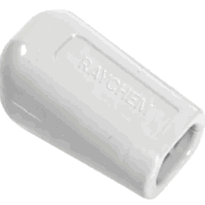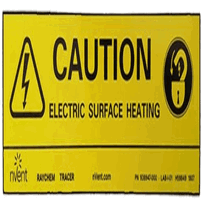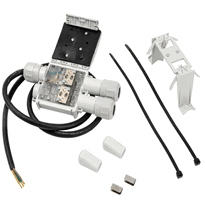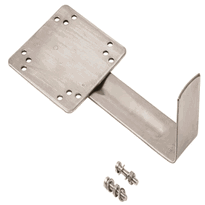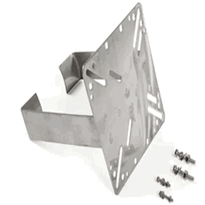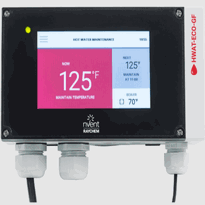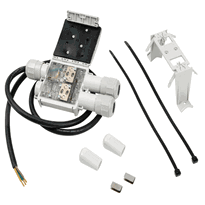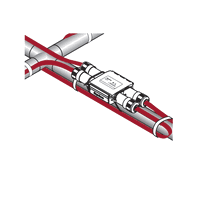Electrical Trace Heating Tape
Electrical trace heating tape comprises self-regulating resistance wires embedded within insulated, flexible tapes designed to provide controlled and efficient heat to pipes, tanks, or surfaces. These tapes are capable of automatically adjusting their output in response to ambient temperature changes, which ensures safe operation and optimizes energy consumption.
Suitable for preventing freezing and maintaining process temperatures across a variety of industrial and commercial applications, electrical trace heating tapes require careful installation. Essential steps include proper surface preparation and secure electrical connections to ensure reliable performance and safety.
Further guidance on their application includes adhering to relevant standards and regulations, as well as following recommended maintenance practices. Regular inspection and testing are vital to confirm the integrity of the tapes and their connections, ensuring continuous, trouble-free operation.
This type of heating solution offers a flexible, effective means of temperature control, helping to maintain operational reliability and safety in a range of UK-based environments.
Understanding the Core Functions and Benefits of Electric Trace Heating
Electric trace heating operates by producing heat through electrical resistance in conductive wires encased within insulating materials, allowing for precise temperature control of pipes, tanks, and other surfaces. Self-regulating heat tapes alter their heat output automatically in response to ambient temperature changes. They use conductive polymer cores that modify electrical conductivity with temperature fluctuations—contracting to increase heat or expanding to reduce it. This dynamic modulation prevents freezing and maintains process temperatures efficiently by compensating for heat loss to cold environments. Such systems are essential for freeze protection, stabilizing process temperatures, and ensuring flow assurance across various industries. They also help prevent ice accumulation on structures, reducing safety hazards and potential damage. Self-regulating cable technology enhances energy efficiency by adjusting heat output based on real-time conditions. Thanks to their energy efficiency, durability, and adaptability to environmental conditions, electric trace heating systems provide a reliable solution for critical thermal management needs, ensuring operational safety and reliability in demanding settings. Additionally, selecting components like high-quality metal building supplies ensures system longevity and compliance with safety standards.
Evolution of Technology and Standards in Trace Heating Systems
The development of trace heating technology has been marked by a series of innovative advancements aimed at improving safety, efficiency, and reliability. Early electric trace heating systems in the UK date back to the 1930s, utilising mineral insulated cables with high current densities that operated without dedicated control systems. The 1950s saw the introduction of mineral-insulated resistance cables, which significantly enhanced durability and operational life. In 1971, self-limiting thermoplastic cables were developed, reducing the risk of overheating and improving safety during operation. A pivotal breakthrough occurred in 1972 when Raychem patented the first polymer-based self-regulating cable. This type of cable could automatically adjust its power output according to temperature variations along its length, thereby increasing overall efficiency and safety. Following these innovations, later developments included heat trace cables designed for on-site customization as well as long-distance installations. Control systems also evolved from simple thermostats to advanced, networked control solutions, allowing for precise regulation and monitoring of trace heating systems. Modern standards include performance benchmarks that ensure trace heating systems are both safe and effective across various applications. Throughout this progression, industry standards have played a vital role in guiding safe and reliable design. Organizations such as the Institution of Electrical Engineers (IEE), the International Electrotechnical Commission (IEC), and British Standards have established safety and performance guidelines that are recognized globally. These standards ensure that trace heating systems meet rigorous requirements, providing reassurance to engineers and end-users alike across the UK market.
Practical Considerations for Installation and Maintenance
Ensuring the proper installation and maintenance of trace heating systems is essential for optimal performance and safety. Attention to several key factors will help achieve these objectives effectively.
Firstly, the surfaces of pipes must be thoroughly cleaned to remove dirt, liquids, and any foreign materials. This step is vital to ensure excellent heat transfer and to prevent damage to the heating tape during installation. A clean surface allows the tape to adhere properly and operate efficiently.
Visual inspections should be carried out to identify any damaged or torn sections of the heating tape before installation. Replacing any compromised tape is crucial to maintaining system integrity and safety.
All pipes and associated equipment need to undergo hydrostatic testing to verify their integrity. Following testing, they must be completely dried to eliminate any moisture, which could cause electrical faults or corrosion issues later on.
During the installation process, the heating tape should be laid at designated positions according to manufacturer instructions. It should be secured at intervals of approximately 30 centimeters using appropriate attachment tapes.
Where necessary, particularly on non-metallic surfaces, the tape can be protected and its heat conduction improved by applying aluminium foil tape.
Electrical connections must be made in strict accordance with the manufacturer’s guidelines. Proper grounding is essential to prevent electrical hazards, and the cable ends need to be adequately protected to avoid damage and ensure safe operation.
Additionally, insulation performance should be checked after installation to ensure the system maintains its efficiency over time.
Adhering to these practice points will help ensure that the trace heating system functions efficiently, safely, and reliably over its lifespan.
Conclusion
A thorough understanding of electric trace heating tape’s functions, technological progression, and essential installation procedures is key to ensuring optimal system performance. Adhering to current UK standards and guidelines helps to reduce operational risks and lowers the likelihood of maintenance issues. Careful planning during the installation process, together with regular inspections, can significantly extend the lifespan of the heating tape while safeguarding safety and efficiency. Employing a systematic approach allows users to maximize performance and dependability, establishing electric trace heating tape as a reliable solution for preventing freezing, maintaining desired temperatures, and protecting infrastructure effectively over time.








